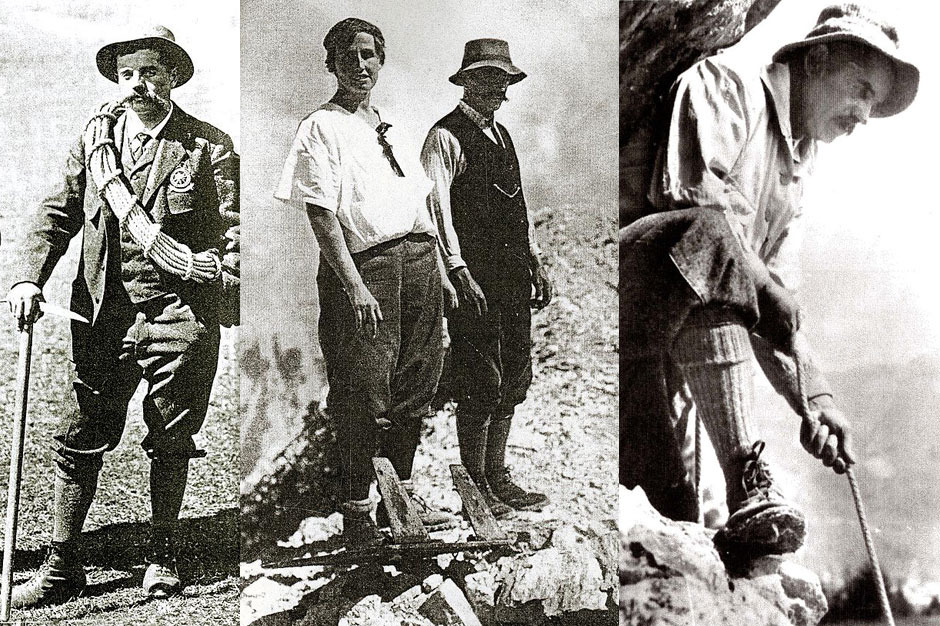Mountaineering curriculum
Angelo Dibona pioneered routes and led mountaineering expeditions all over the Alpine range, there are more than 70 routes named after him.
Here there are some of his most notable first ascents:
- West face of the Roda de Vael in the Catinaccio Range opened in 1908 (Level of difficulty V, 500 meters);
- Northeast spur of the Cima Grande di Lavaredo in 1909 (Levels of difficulty III and IV , 600 meters);
- Southwest face of Sass Pordoi (Sella Group) in 1910 (Levels of difficulty III and IV, 1000 meters);
- North face of Cima Una in 1910 (Levels of difficulty V and V+, 800 meters);
- West face of the Croz dell'Altissimo (Brenta Mountain Range) opened on August 16th, 1910 (Levels of difficulty V+ and VI, forerunner of the level VI at the Solleder fifteen years later);
- West face of the south peak at Croda dei Toni in 1910 ( Level of difficulty IV+, 600 meters);
- North face at Sassolungo to the Campanile Ovest in 1911 (Levels of difficulty IV and V+, 400 meters);
- Est face of the Popera Mountain in 1911 (Levels of difficulty IV and V, 700 meters);
- North spur of Cima Popera in 1911 (Levels of difficulty IV and V, 700 meters);
- Northeast face of Croda Rossa di Sesto in 1911 (Level of difficulty IV+, 1000 meters);
- North face of Lalidererwand (Karwendel) in 1911 (Level of difficulty V, 900 meters);
- South face of La Meije, opened in 1912 (Level of difficulty up to V+ progressing 1300 meters);
- Pain de Sucre (later renamed Aiguille Dibona) (Alps in the Dauphin ) opened on June 27, 1913 (Levels of difficulty III and IV, 350 meters):
- Northwest couloir of the Dome de Neige (Alps in the Dauphin) opened in 1913 (Levels of difficulty 600 and V, 1000 meters);
- Arete de Coste Rouge (Alps in the Dauphin) at the Ailefroide, opened in 1913 (Levels if difficulty III and IV, 800 meters);
- ENE spur of the Dent du Requin (Mont Blanc) in 1913;
- Aiguille du Plan from southwest (Mont Blanc Mountain Range) in 1913;
- Torre Leo (Cadini di Misurina) in 1913 (Level of difficulty V, 80 meters);
- Southwest face of Tofana di Rozes in 1934 (Level of difficulty IV+, 800 meters).
Contact us for booking or for information
tel. +39 3279311671 - booking@dolomitiskirock.com
Contact us











